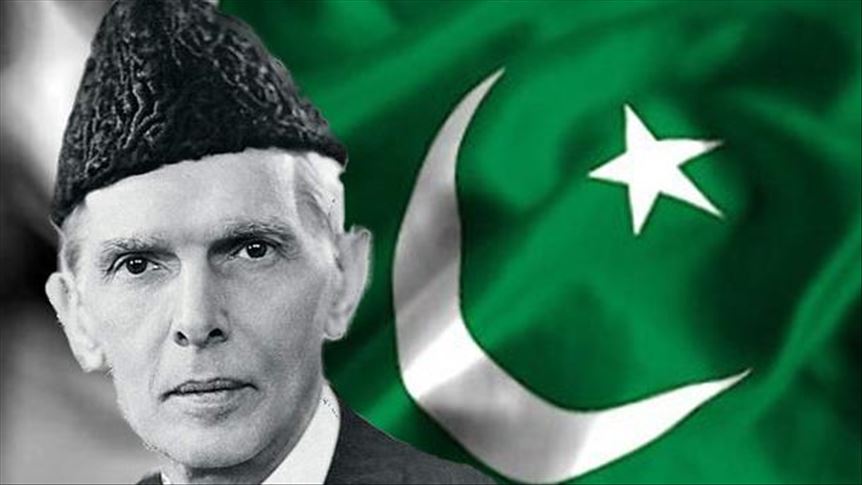
Dubious distinction: Pakistan is IMF’s fourth biggest debtor!
Virendra Pandit
New Delhi: When Muhammed Ali Jinnah founded it in 1947, he argued that only by breaking away from a “poor” India could Pakistan become a prosperous nation. Seventy-five years later, his dream project has come crashing down on the planet.
Bankrupt and poly-crises-ridden, Pakistan is now set to become the fourth biggest debtor to the International Monetary Fund (IMF), with a loan burden of nearly USD 10 billion—but the overall debt Pakistan has to pay to international lenders is around USD 130 billion, a fifth of it due within a year.
Facing its worst economic crisis since its Independence from Britain in 1947, Pakistan was, on March 31, 2023, ranked fifth highest borrower from the IMF, the media reported, citing the global lender’s data.
After receiving a fresh loan of USD 3 billion in the next nine months under the standby arrangement reached with the global lender last week, a debt-trapped Pakistan will become the fourth largest IMF borrower in the world
Earlier, in terms of loans from the IMF, Argentina ranked first with USD 46 billion, Egypt second (USD 18 billion), Ukraine third (USD 12.2 billion), Ecuador fourth (USD 8.2 billion), and Pakistan fifth (USD 7.4 billion.)
Now, with loans from the global lender swelling to USD 10.4 billion, Pakistan will dislodge Ecuador to become the world’s fourth-largest IMF borrower.
Cash-strapped Pakistan faces an acute balance of payments crisis because of the spillovers from the war in Ukraine and multiple domestic challenges.
Of the 93 countries owing it money, the IMF’s top 10 debtors, including Pakistan, account for 71.7 percent of the outstanding balance of USD 155 billion.
Pakistan also holds the “title” of being the largest IMF borrower in Asia, the report said.
Other key Asian borrowers from the IMF include Sri Lanka, Nepal, Uzbekistan, the Kyrgyz Republic, Armenia (West Asia), and Mongolia. But they are far behind Pakistan in terms of taking loans from the global lender.
According to IMF data, as of March 31, 2023, the global lender had issued loans of USD 155 billion or USD 115.2 billion Special Drawing Rights (SDRs) to balance the world’s financial position and support weak economies.
This dollar figure was calculated using the IMF data on the value of an SDR on March 31 this year, which stood at USD 1.345. The global lender uses the SDR as a unit of account to assess the value of support it extends to its member countries.
In August 2022, the IMF extended USD 1.1 billion to Pakistan as part of a USD 6.5 billion program agreed back in July 2019.
Only 19 of the IMF’s member countries have a USD 1 billion or more debt, the report said.
The high ranking in the list of IMF borrowers calls for sustainable development for Pakistan by pulling the country out of the debt trap instead of trumpeting the approval of a loan from the global lender under the stand-by arrangement.
An integrated plan should be followed to take Pakistan in this direction, the report said.
The USD 3 billion funding under the SBA, spread over nine months, is higher than expected for Pakistan. The country was awaiting the release of the remaining USD 2.5 billion from a USD 6.5 billion bailout package agreed in 2019, which expired on June 30.
Pakistan’s economy has been in a free fall mode for the last many years, bringing untold pressure on the poor masses in the form of unchecked inflation—almost 38 percent now—making it almost impossible for a vast number of people to make ends meet.
It has faced several challenges in recent times, including devastating floods last year and commodity price hikes following the war in Ukraine.
Over 1,500 people were killed last year during floods in Pakistan that destroyed millions of homes, wiped out swathes of farmland, and caused billions of dollars in economic losses.














